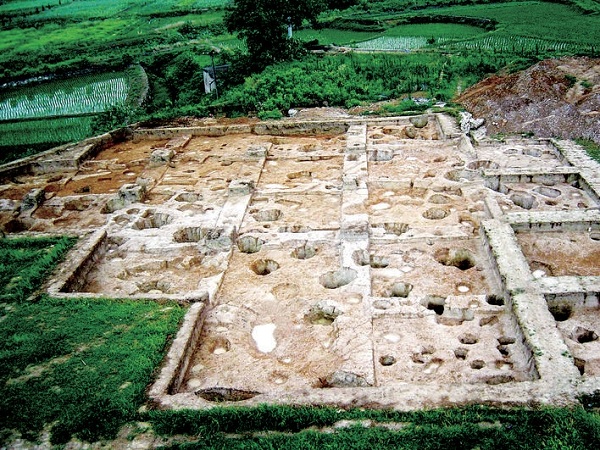
Visitors to the exhibition of Shangshan culture at the Jinhua Museum on Sept 26. [Photo/zjol.com.cn]
An exhibition of Shangshan culture was launched at the Jinhua Museum on Sept 26, to run to Nov 30.
The exhibition features nearly 200 representative cultural relics from the early, middle and late stages of Shangshan culture, including the earliest carbonized rice, painted pottery, ruins of pile dwellings and ground houses and many other important landmarks of Shangshan culture. They have been exhibited once before at the National Museum of China.
Various new media works and cultural products related to Shangshan culture are also available at the exhibition.
Shangshan culture is early Neolithic, dating from about 11,000 to 8,500 years ago. It is the oldest Neolithic culture ever found in Zhejiang province or the entire southeastern region of China.
Shangshan culture was first discovered by Chinese archaeologists after excavating a Neolithic site in Shangshan village, Pujiang county, Jinhua, in November 2000. Since then, a total of 21 relic sites in the province have been found. Jinhua, with 15 in total, accounts for two-thirds of them.
Ye Shunqing, director of the Jinhua bureau of culture, radio, television and tourism, said that the city has been making efforts to promote Shangshan culture, including shooting documentaries, hosting academic seminars and organizing exhibitions.
Zheng Jianhua, deputy director of the Zhejiang Provincial Bureau of Cultural Relics, said that the public should by more aware of Shangshan culture, which is highly regarded by archaeologists as the potential origin of China's agricultural civilization.

The excavation site in the southern area of the Shangshan archaeological site. [Photo/zj.gov.cn]

The earliest carbonized rice can be seen at the exhibition. [Photo/zj.gov.cn]